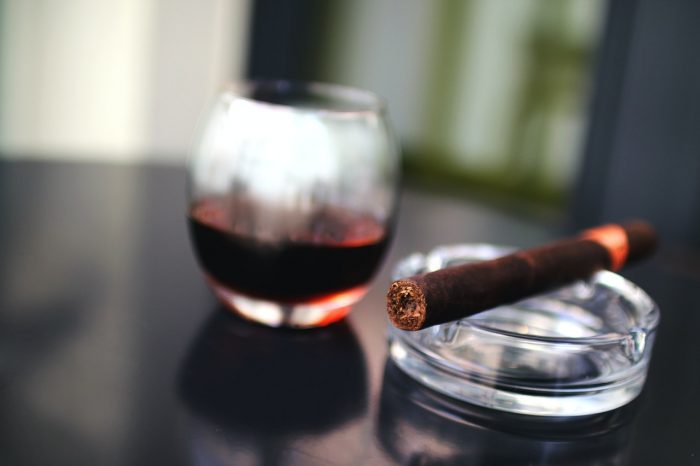The major cigar producing countries are Brazil, Cameroon, Cuba, Dominican Republic, Honduras, Indonesia, Mexico, Nicaragua, and the United States. The cigars produced in Cuba are generally regarded as the best cigars, but many experts believe that Honduras and Nicaragua’s top cigars are equally competitive. The advantage of Cuban cigars lies in the microclimate suitable for tobacco growth in the lower Vuelta Abajo area, which is also due to the local cigar producers’ craftsmanship.
When it comes to cigars, Cuban origin first thought was, only the United States, Cuba, Dominican, Honduras, Brazil, Netherlands, Sumatra and Java and other regions rich in tobacco in the world, the reason to find a climate suitable for growing fine tobacco entirely is not easy but comes with challenges. Among them, Brazil is also an important origin.
Cuba
Although the tobacco producers in Connecticut, Dominica, and Honduras disagree, Cuba’s tobacco is recognized as the best globally, especially in the Vuelta Abajo region of Pinar del Río. The best quality.
Pinar del Río, located on the tip of Cuba, is Cuba’s third-largest region. It is situated between the mountains and the sea and details Mexico’s Yucatan Peninsula. The terrain is undulating, verdant, and lush with trees. In the past ten years, Cuban cigars have become more and more popular and invaded Asian cigar markets, which should be attributed to the quality of tobacco and cigar structure. Real cigar lovers know that Cuban cigars are the standard for quality cigars. Do you have a cigar box yet with your favourite Cuban cigars?

Brazil
In Brazil, countless farmers grow tobacco for a living. They only supply tobacco leaves to famous cigar manufacturers because only these merchants can pay better prices. Brazilians have a long history of smoking cigars, and their knowledge of cigars is at home. Long before Christopher Columbus discovered the American New World, Indians in northern Brazil knew how to smoke tobacco leaves with pipes or roll tobacco leaves in palm leaves. The Portuguese subsequently introduced this method of smoking to Europe, and countries that can produce cigars are vying to develop this industry, and the quality of cigars is continually improving. In the first half of the nineteenth century, Brazil set the cigar business earlier than other countries and became a cigar export pioneer. In 1862, at the World Trade Fair in London, the highest asking price for Brazilian tobacco leaves.
Pinar del Río
Pinar del Río, located on the tip of Cuba, is Cuba’s third-largest province. It is established amidst the hills and the sea and points to Mexico’s Yucatan Peninsula. The terrain is undulating, verdant, and lush with trees. It was below sea level in prehistoric times, very similar to Southeast Asia, South Louisiana, and Florida. There is little development of civilized industrialization near Havana and the lives of 600,000 residents.
Cuba Although the tobacco producers in Connecticut, Dominica, and Honduras disagree, Cuba’s tobacco is recognized as the best globally, especially in the Vuelta Abajo region of Pinar del Río. Tobacco is of the best quality.
In addition to the top quality tobacco leaves, Havana’s hand-made cigars are the best in the world. The good news is that you can try cigars so easily now by just purchasing cigars online via a website to be delivered to your door. To enable somebody to experience the cigar, there is a gap for the smoke to pass through. The core of the Havana cigar is torn by hand. The drying after fermentation of tobacco rolled into cigarettes, which when smoked the lighting at one end, then aspirated smoke through the mouth at the other end. The tobacco leaves are torn into two pieces longitudinally, and then the centre is made. This is also the ability of hand-made cigars.


